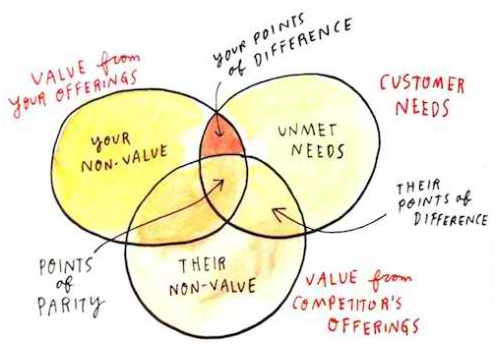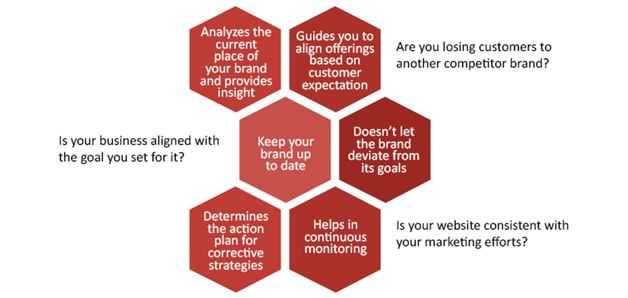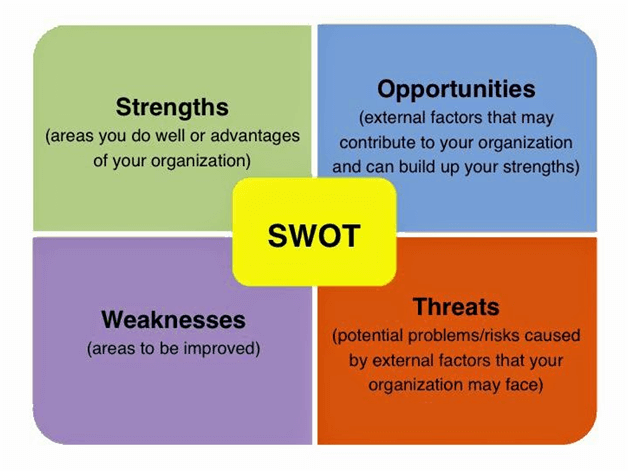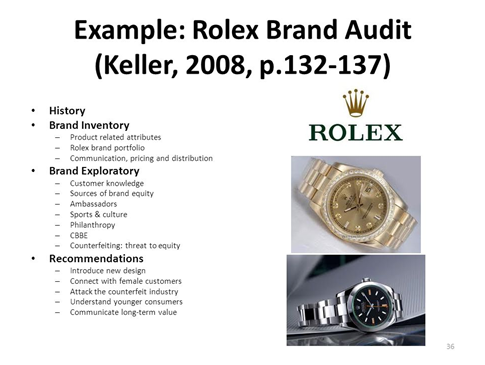Let's Talk
We would love to hear from you. Want to know more about our services or have any questions? Say Hi!
How to Conduct a Brand Audit? Learn through Process and Examples

Branding does not end with creating your brand. In fact it never ends.
Brand is like a living thing that keeps growing and evolving. It has a unique personalities and its own set of characteristics. All that you need to do is nurture and guide it so that it fits into the environment perfectly. This is why you need to do a brand audit.
So then what is brand audit?
Speaking generally, brand audit is a process of analyzing your brand. You find out which characteristics and qualities are effective and which are not. You will have to look into many things such as:
- The Changing demographics of your consumers
- Your company’s mission as well as strategic objectives
- The strategies you have adopted to achieve these goals
- Your brand image and voice

Source: brandingstrategyinsider.com
Brand audit helps you check if your brand is in alignment with your goals. It enables you to find out how your stakeholders (including your customers, employees, suppliers, shareholders and the community that you serve) see your brand. Based on the results you can then take the necessary steps to make adjustments.
Brands tend to get less and less relevant over time. This can make it hard to figure out when exactly you have to update your brand.
Nevertheless, here are a few tell-tale signs that let you understand when it is time for a brand audit:
- You notice a dip in your revenues and profitability
- You start losing your customers to your competitors
- You are no longer visible on the search engines
- Your website is not getting the right kind of traffic
- You have come up with a change of services
- Your priorities in business have changed
- You have recently undergone a merger
A brand audit becomes absolutely necessary once every year, no matter how big or small your business is.
Benefits of doing a brand audit

Source: 3rdeyeadvisory.com
Apart from helping you understand the health of your brand, a brand audit also helps in:
- Evaluating the strengths of your business and your brand resources
- Clarifying your brand value
- Identifying the level of awareness of your brand
- Figuring out the deficiencies of your brand when compared to your competitors
- Keeping track of any external threats that might affect your business
- Checking the effectiveness of your brand management efforts
A brand audit helps you identify new opportunities in the market and improve your competitive existence. You get a deep insight into the portfolio of your brand and the structure of your business.
Apart from ensuring brand security, a brand audit also helps you maximize your returns on your investments. In short, it guides the future of your brand.
Steps involved in the Brand Audit Process
A brand audit is best done by involving a team of individuals, both from inside and outside of your business. Here are a few steps that will help you understand how to do a brand audit:
- Talking to your audience
- Talking to your Employees
- Reviewing your position
- Researching the Competition
- Evaluating Your Strategies
- Analyzing your strengths and weaknesses
- Compiling and analyzing what you have
- Making an Action Plan
Step #1: Talking to your audience
The first step involved in the brand audit process is to start talking to your audience. After all they are the reason behind the existence of your brand.

Source: i.pinimg.com
You can start calling your customers randomly, connect with them through social media, or use your website to get in touch with them. However, before you do so, it is important to set a few standard questions which will give you a clear idea about what your brand means to them.
- Have you ever heard about this brand? If yes how?
- What does this brand mean to you? What problem of yours does it solve?
- Are you satisfied with the way this brand solves your problem? If no, what are those things that we can include to improve your level of satisfaction?
- Would you recommend this brand to your family members and friends?
Apart from giving you the answers that you need, this exercise will help you connect with your audience at a deeper level and understand their expectations. Your audience here would include not just your customers but also your channel partners, distributors and any external sources that may be making it possible for you to run your business smoothly.
Step #2: Talking to your Employees
Your employees are an integral part of your brand. It is your duty to understand any issues they may be facing and see what best you can do to work over these issues. Ask for suggestions on how to make your brand better. Having a set of questions ready will help take things in the right direction:
- What, according to them, is the vision of your brand?
- What words would they use to describe your brand to outsiders?
- What problems of customers do they think, your brand successfully solves?
- What are the things you can do to deliver on your brand’s promise?
- If there is one thing they would like to improve about your brand, what would it be?
Step #3: Reviewing your position
One of the basic brand audit steps is to find out where you stand as a brand, as against your competitors. The brand audit process can also help answer they question why you stand where you stand. You can then take the necessary steps to strengthen your brand name.
You may have to look at every aspect including your physical store, your website, and your social media analytics, without getting sidetracked by the numbers. This way you will know what is working and what is not.
You also have to take another look at the purpose, mission, and values of your brand and see if you still align with them.
Recommended: 5 Reasons Why Companies Rebrand their Business
Step #4: Researching the Competition
Your brand is not the only one that exists in the market. Your customers and prospects have a lot of options to choose from in the marketplace. You have to find out what your competitors are up to and what you need to do, to catch up with them.
If your consumers are choosing your competitors over you, you will have to find out the reason that makes them do so. See if they aware of your unique selling proposition that sets you aside from your competitors.
You can do your research online, get some inside information, or even visit your competitors to find out what’s happening.
Step #5: Evaluating Your Strategies
Once you have figured out where exactly you stand in the market, it is time to take a look at your existing marketing strategies and analyze your performance. Here are a few things you need to consider while evaluating your strategies:
- Details about the traffic on your website – how many visitors you receive on a daily basis and what leads them to your website
- Statistics that help you compare your performance across different marketing channels such as traditional advertising channels and the social media platforms.
- Data about the ROI you are generating from your marketing campaigns
- The level of brand awareness you have managed to create in your target demographics.
All this data will help you understand where you are and where you have to go, if you want to achieve your goals.
Step #6: Analyzing your strengths and weaknesses
Brand audit is not all about focusing on your weaknesses or loop holes of your brand. It helps you assess the positive as well as the negative aspects of your brand.
While it helps you figure out issues with your product, it also helps you understand your position in the market.
Positive points tell you how successful you have been in your efforts to reach the hearts of your consumers. Negative feedback tells you where you need to work on, in order to improve your brand experience across channels.

Source: 1.bp.blogspot.com
Step #7: Compiling and analyzing what you have
This step in the brand audit process is all about gathering your marketing materials and taking a look at them. Look into every printed material such as business cards, letterheads, and brochures and also into your blog, website, and analytics.
- See if you have maintained consistency across these elements.
- Find out if they are creating any kind of confusion about your brand in the minds of your target audience
- Are they representing your business the way they are supposed to?
- Are they any different from that of your competitors? If yes, do they showcase your uniqueness?
Step #8: Making an Action Plan
Once you have gathered all the information you need, it is time to decide what to do about it. And this usually is the toughest part of the brand audit process. There are three things you can do here:
- Keep things the way they are
- Change your identity completely
- Refresh your identity to align with your goals in a better way
Many brands go for the option three since it helps them adapt to the changing environment, while maintaining the brand for their loyal customers.
Once you have made your decision, it is time to come up with a complete action plan that rolls out all the changes. You will have to delegate the responsibilities clearly and include an extended timeline to execute your plan.
Whether you decide on complete rebranding or making a few adjustments, it is crucial that you follow a well-thought out plan over a couple of months.
You also have to measure the result of such efforts to find out if the rebranding has been successful or if there is a need to make a few more adjustments.
To give you a brand audit example, this is what a brand audit looks like

Source: slideplayer.com
As a process, branding is a recursive one that regularly responds to the environment.
To make sure this response is as expected, it is important to understand how to conduct a brand audit and perform one, every now and then, so that you can measure your performance against your brand objectives.


